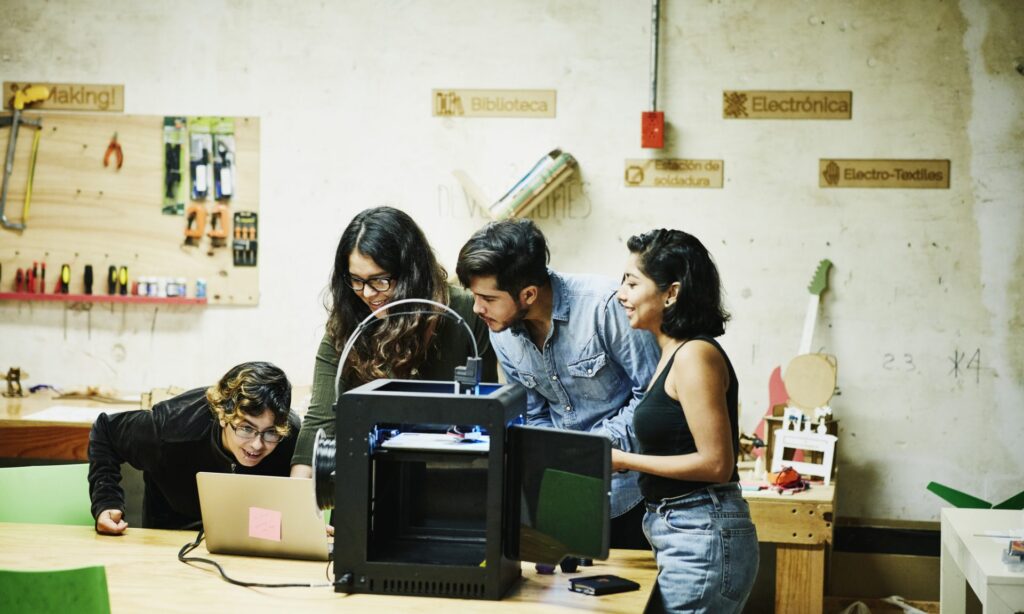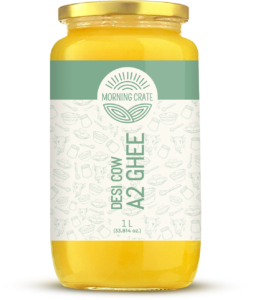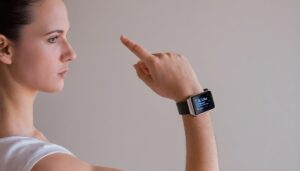3-D Printing Advances That Are Helping Small Businesses Grow Their Profits

This July, 3-D printing incipiency Desktop Metal,Inc. was named one of the 50 Smartest Companies by MIT Tech Review. In September 2017, the company will be launching a$ office printer small enough to sit on a desktop that design brigades can use to rapid-fire prototype essence corridor, and it plans to roll out a$ full product system for mass- producing essence corridor in 2018. Desktop Metal raised$ 97 million in the capital for its adventure before launching, indicating investor confidence in the marketability of its products.
Desktop Metal’s promising launch illustrates how 3-D printing technology advances are helping give small businesses instigation. Then’s a look at three other developments in 3-D printing that are helping small businesses grow their gains.
Making Prototyping Further Cost-Effective
Three-dimensional printing invention has been driven by demand for prototyping operations of the technology. The cumulative nature of 3-D printing makes it less extravagant and more cost-effective than traditional subtractive processes. For case, using subtractive styles to make an aluminum part leaves about 60 to 70 percent of the material left over as scrap. Using cumulative styles minimizes this waste, significantly cutting costs.
Japanese footwear manufacturer AKAISHI tested traditional prototyping styles against prototyping using fused- deposit modeling (FDM) 3-D printing. The results showed that using FDM cut costs by 73 percent while cutting prototyping time from 10 days to 1 day, a 90 percent enhancement.
Companies that have n’t invested in their own 3-D printers can still enjoy these types of savings by outsourcing. For case, o-ring supplier Apple Rubber 3-D printing to offer its guests a roster of over o-ring sizes that can be used for customized prototype designs.
Expanding Mass Production Capability
Apple Rubber also offers mass product services, another area where inventions have been helping small businesses. While the value of 3-D printing for prototyping is extensively honored, its operation to mass product has been held back by limitations in the technology. But important exploration and development have gone toward prostrating these limitations, and the fruits of this exploration are starting to flower. Rich Stump, the cofounder of 3-D printing inventor FATHOM, says that at one time, his company would switch from 3-D printing to injection molding once an order passed 300 to 400 corridor. Now, he says, the Stratasys Nonstop Figure 3-D Demonstrator has pushed that number up to to corridor.
Developed in cooperation with Desktop Metal, the Demonstrator heaps three scalable, fused- deposit modeling printers on top of each other. The three printers print continuously using a plastic film positioned atop the print bed. After a part has finished publishing, the film slides it out of the printer. It’s also cut, covering the print bed with a fresh distance, and the completed part drops into a caddy. This allows corridor to be produced per day. Product can be gauged up by simply adding further heaps. Multiple print jobs can be published in parallel.
Meanwhile, FormLabs has developed a stereolithography printing system that can turn out as numerous as corridor while yielding a return on investment. Companies similar as Ford, Boeing, and Sikorsky are formerly using 3-D printing for mass product. As this trend towards mass product increases, small businesses are decreasingly gaining the capacity to produce economically at scale using 3-D printing.
Making Mass Customization Possible
A important marketing advantage 3-D- published mass product is giving small businesses is the capability to use mass customization to offer substantiated products. Mass customization with 3-D printing was innovated by large companies similar as Nike, which uses its website to allow guests to choose customized digital design options that are also produced with 3-D printing. More lately, lower companies have been suitable to use the same strategy to offer substantiated selections.
One small business member tapping into this eventuality is toy manufacturing. 3-D- published toys have caught on among potterers and parents due to their cost- saving eventuality. A Michigan Technological University study plant that 3-D- published toys can be produced 40 to 90 percent more cheaply than buying analogous designs at retail. Digital Forming gives an illustration of a small business proprietor named Sandra who’s putting 3-D printing to use by offering mass customized rubber ducks to guests. Her product process preliminarily involved laborious whittling, creating a backlog of orders. With 3-D printing, she can fulfill orders far more fleetly, multiplying her deals.





